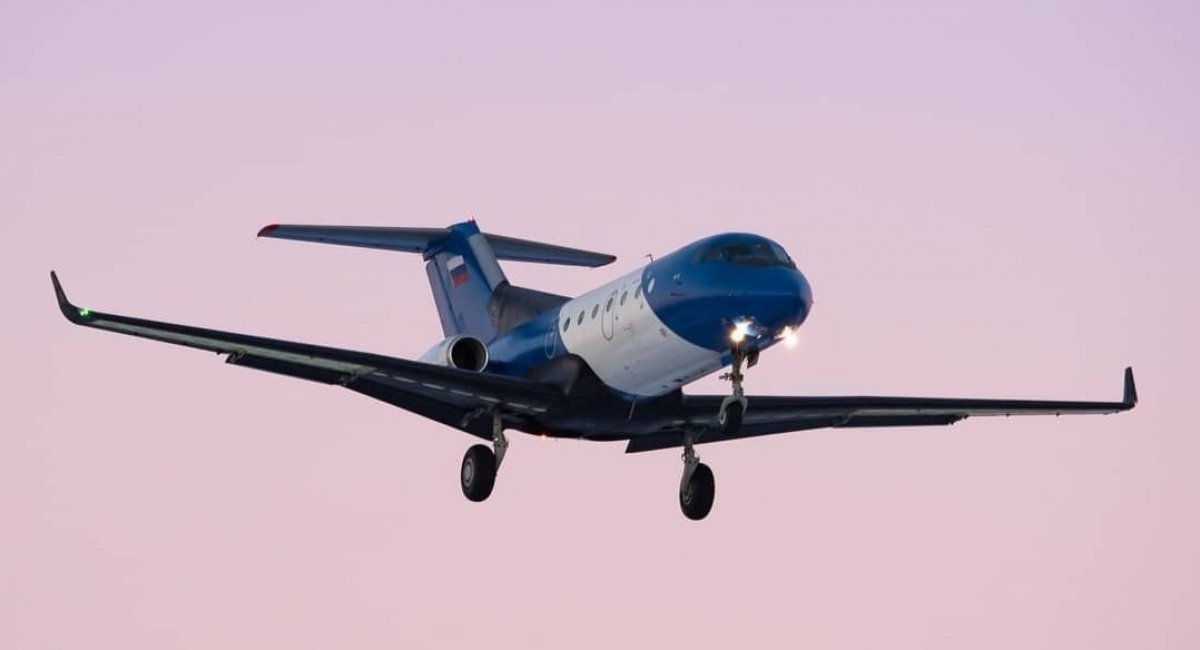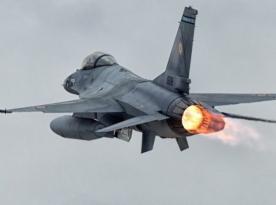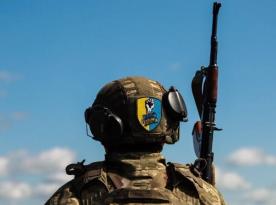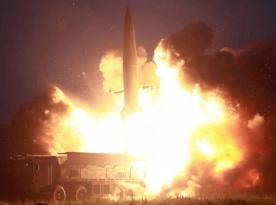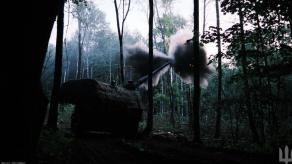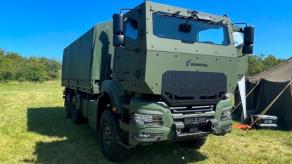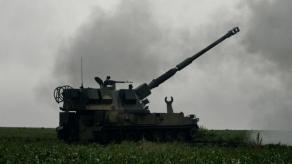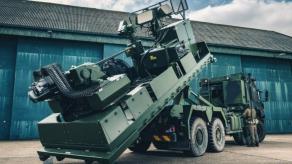russian aviation outlets are currently discussing a proposal by businessman and head of the National Reserve Corporation (NRK), Alexander Lebedev, to re-engine the legacy Yak-40 passenger aircraft with AI-222-25 jet engines taken from the Yak-130 advanced trainer/light attack aircraft. This idea was even presented on the russian state TV channel rossiya 24, generating predictable hype in pro-Kremlin media.
This is a good moment to recall that russia had previously launched a project to install Honeywell’s TFE731 engines, famously used on RQ-170 Sentinel stealth UAVs, on the Yak-40 as well. Moreover, naturally, the question arises: what’s the real purpose behind these retrofit experiments?
Read more: Shooting Down Ukrainian Drones with a Yak-52B2 Armed with a Saiga Shotgun Won’t Be Easy – So Why Did russia Build This Aircraft?
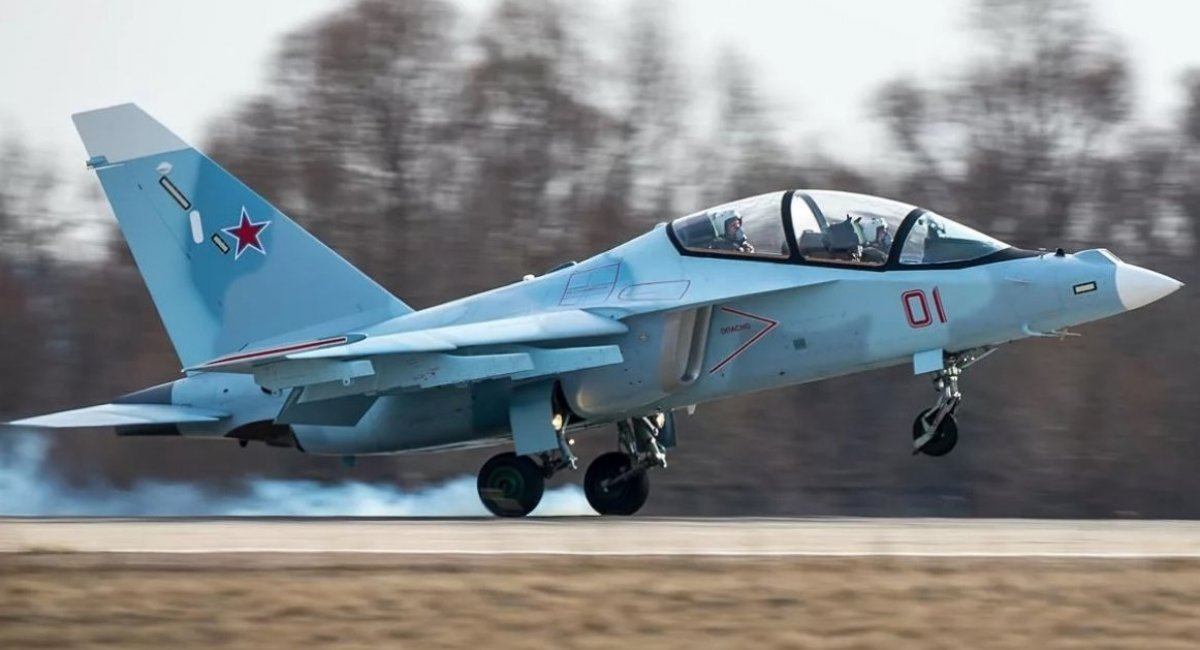
To understand the broader context, it’s important to recognize that virtually all russian civil aviation projects today serve as façades for military-industrial development. This is best illustrated by the Tupolev Tu-214 program, which has been revived at a factory that also produces strategic bombers like the Tu-160 and Tu-22M3.
A similar logic likely applies to the current re-engining concept involving the AI-222-25. After all, this is a military-grade powerplant, and using it on an ancient passenger aircraft makes little sense from a purely civilian standpoint.
Regarding the project with the TFE731 engines, details are scarce. Initiated in 2012, two years before Russia's illegal annexation of Crimea, the first test flights of a Yak-40 outfitted with these U.S.-made engines reportedly took place in 2016, despite sanctions already being in place. The TFE731 powers the American RQ-170 Sentinel, one of the most secretive reconnaissance UAVs in the world.

russian sources claimed they were satisfied with the test results. However, after 2016, there were no further reports about the project, suggesting that sanctions may have had a delayed but eventually effective impact.
At present, russian aviation media estimate that between 10 and 15 Yak-40s remain in service with domestic carriers, with an average age of over 50 years. Whether these aircraft can be meaningfully extended in service is an open question even within russia.

Against this backdrop, the proposal to equip such aged aircraft with modern engines from the Yak-130 seems absurd, if not purely symbolic. Replacing the engines won’t fix the structural wear and tear of an aging airframe.
More likely, the Kremlin’s true objective is to repurpose remaining Yak-40s as “flying laboratories” to test engine solutions intended for future combat aircraft, cruise missiles, or kamikaze drones. Once again, russian civil aviation appears to be serving as a convenient cover for covert military R&D (Research and Development).
Read more: Is It True that Сombat Yak-130M Can Replace the Su-25 in russia




